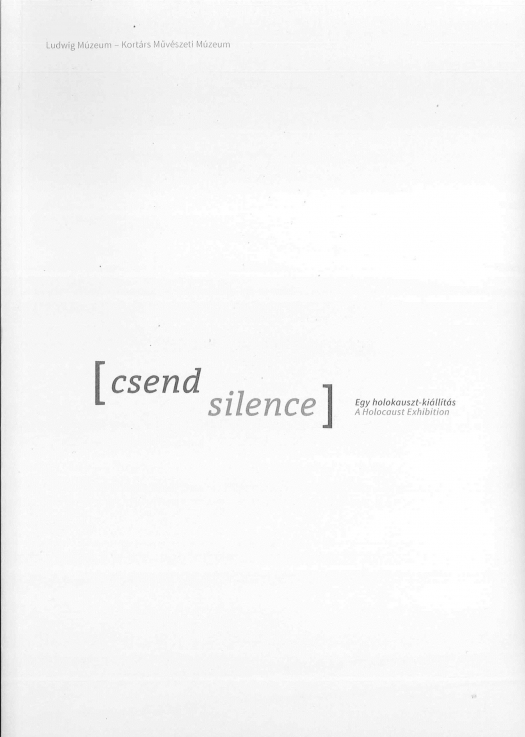In his famous book Caught by History: Holocaust Effects in Contemporary Art, Literature, and Theory (1997), Dutch literary theorist Ernst van Alphen raised the question of the Holocaust’s artistic representability and introduced the notion of “Holocaust effect”. According to Van Alphen, these representations can be classified into two basic groups. The documentarist mode is a narrative form based on the – verbal or visual – narrative and testimony of the survivors, allowing a single position of reception, by means of which the spectator becomes witness to the victim’s narrative – in a moral sense at any rate –, thus constructing the identity of the survivor which is related to the historical events. In contrast, the representations that are based on imagination make at least two things possible. On the one hand, they are capable of illustrating the Holocaust via the Holocaust-effect, which represents the structural reasons and circumstances of the events that transpired (for instance people being deprived of their individuality, industrial scale genocide, the operation of the ideologies serving as background, etc.). On the other hand, these representations mark no fixed position for the recipient, either, or if they do, this position is not restricted to identification with the victim. Of course the possibility of identifying with the perpetrator is uncomfortable for the spectators, but this is exactly what makes it possible for them to see the Holocaust as more than a discrete historical event of the past, and become able to tackle political and ideological questions regarding the present.
Language: Hungarian, English

